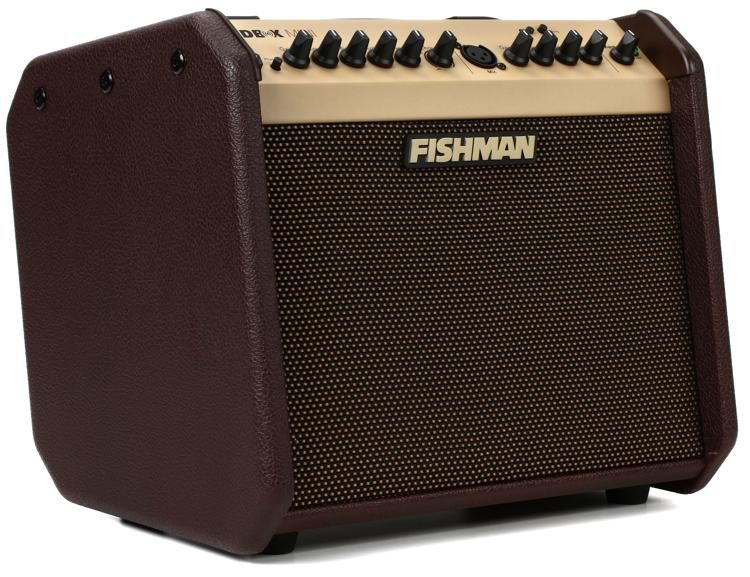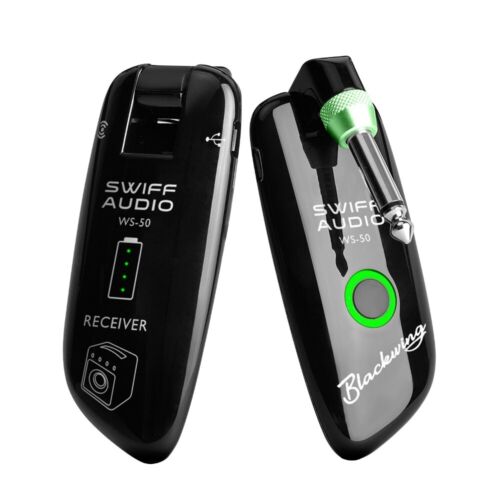I just pulled the trigger on a BOSS GE-7 EQ pedal last week. It was a game-changer for me. And while I looked at a bunch of different graphic EQ pedals such as the Behringer EQ700, the MXR Six- and Ten-Band EQ, and even the very cool Source Audio EQ2, in the end I went with the standard GE-7. Why? Simply because I know it’ll just work right out the box with minimal fuss, and even more importantly, I’m confident it will continue working for years, even with lots of use.
While BOSS pedals are considered by many guitarists to be utilitarian, and their looks are pedestrian at best, one thing no one can fault them for is reliability. For instance, I have an original MIJ CE-2 Black Label from 1980 that I still use today. It has withstood thousands of gigs over that course of time; though truth be told, because it has so much sentimental value to me, I’m going to retire it soon and replace it with a new CE-2w. But regardless of me retiring it, imagine me lugging it to gigs and using it for over 40 years!
A lot of that reliability has to do with how rugged it is, and that is also an earmark of BOSS pedals. Their all-metal enclosures are thick. You can ding the paint (my CE-2 paint is nicked and chipped), but you will never bend the body of a BOSS pedal! Unless, of course, you take a hammer to it…
So what about sound? Well, that’s totally subjective. Guitarists like John 5 use mostly BOSS pedals. For others, they may be a bit too pedestrian. But one thing is for sure: BOSS has a TON of pedals to choose from, and the fact that they have been around for as along as they have means that they have a sound that’s appealing to lots of guitarists. And even after several decades in the business, they still find ways to innovate. They’ve never sat on their laurels. Even with their Waza Craft pedals, they’re bringing back their classics but upgraded with newer and even more reliable electronics. I have several delays, but the one that’s on my board is my BOSS DM-2w.
BOSS pedals aren’t the cheapest, but also aren’t as expensive as handmade boutique pedals. Cost-wise, they sit right in the middle. But as I mentioned above, they’re reliable. And while some boutique pedals may have more bells and whistles than a comparable BOSS pedal, lots of them do not have the same level of quality control. I’ve had several boutique pedals that didn’t last more than a year, with a couple failing after just a few months! But my BOSS pedals just keep on working.
And though it might not seem like much of a big deal, BOSS pedals are stocked in pretty much every guitar store, which means it’s easy to replace a BOSS pedal should it ever fail, in pretty much any city you go to. Very few gear stores don’t carry some BOSS pedals. I’ve never had to do this even though I have traveled hundreds of miles from home for gigs. But I do know of some guitarists who’ve had one of their pedals fail and they just ran to the nearest guitar store and got a replacement.
And here’s another great thing about BOSS pedals. Their footswitches are unmatched in the industry! I’m not sure if their design is patented – it probably is – but there’s no footswitch like a BOSS footswitch, especially if you play on a dark stage. I’m mainly a singer and rhythm guitarist, and I often play at a venue where the second set is pretty dark. I always have to look down to activate my dirt pedals that all use a latched, circular switch. But the BOSS footswitch is basically a hinged flap over a latched switch. It’s hard to miss!
On a more personal, qualitative note, at least for me, BOSS pedals are my benchmark for pedals. When I review a pedal, it has to be at least as good as a comparable BOSS pedal if it exists. And I’m not talking about price, though that may factor into my decision, especially with boutique pedals. For instance, if a boutique pedal costs three or four times as much as a comparable BOSS pedal but offers little extra, then I probably would pass on it.
But if it does something way beyond the comparable BOSS pedal then I’ll probably get it. Such was the case with my Mad Professor Deep Blue Delay. When I got it, it costed $325. But after comparing it to the DM-2 and MXR Carbon Copy, it was the hands-down winner. It eventually failed, so I now use a DM-2w, but in the back of my mind, I still kind of crave for a Deep Blue Delay.
There are lots of other things I can say about BOSS pedals, but I think you get the idea. Yes, they’re middle-of-the-road. But their longevity is a testament to the quality and reliability that has kept them around for so long.







